The "Brussels: Colonial Horrors of Leopold II in Congo Tour" presents an insightful opportunity to confront Belgium’s challenging colonial past. Participants explore pivotal locations tied to Leopold II’s regime, gaining a deeper understanding of the grave injustices faced by the Congolese people. Expert guides share compelling narratives that not only highlight historical facts but also prompt critical reflection on the implications of this legacy today. As the tour unfolds, one can’t help but wonder how these haunting histories shape contemporary Belgium and its identity. What lasting changes might arise from such reflections?
Good To Know

- The tour lasts 2.5 hours, focusing on Belgium’s colonial history and atrocities under Leopold II in the Congo.
- Key sites include the Park of the Cinquantenaire, Royal Palace, and Union Minière headquarters, highlighting Belgium’s imperial ambitions.
- Expert multilingual guides provide in-depth insights into colonial exploitation and its lasting impact on Congo and Belgium.
- Participants should wear comfortable shoes, dress for the weather, and bring a water bottle for hydration during the walk.
- Free cancellation is available up to 24 hours in advance, making it easy to book your spot.
Overview of the Tour
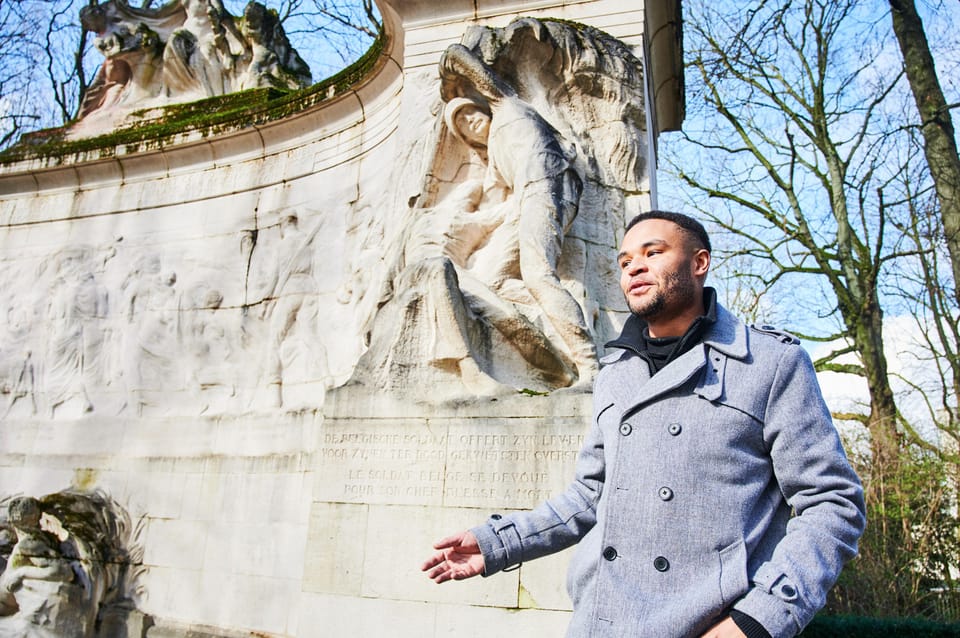
Exploring Brussels through the "Colonial Horrors of Leopold II in Congo Tour" offers participants a profound insight into Belgium’s complex colonial history.
This 2.5-hour guided walking tour immerses attendees in the darker aspects of Belgium’s past, particularly regarding the Congo. Participants will visit significant sites, including the Park of the Cinquantenaire and the Royal Palace, learning about the colonial process, independence, and the lasting impact of Congolese immigration in Belgium.
With expert guides fluent in multiple languages, the tour provides an engaging experience for all. It’s advisable to wear comfortable shoes and be prepared for varying weather, as moderate walking is involved.
This tour not only educates but also prompts reflection on historical injustices.
You can also read our reviews of more tours and experiences in Brussels.
Historical Context of Leopold II
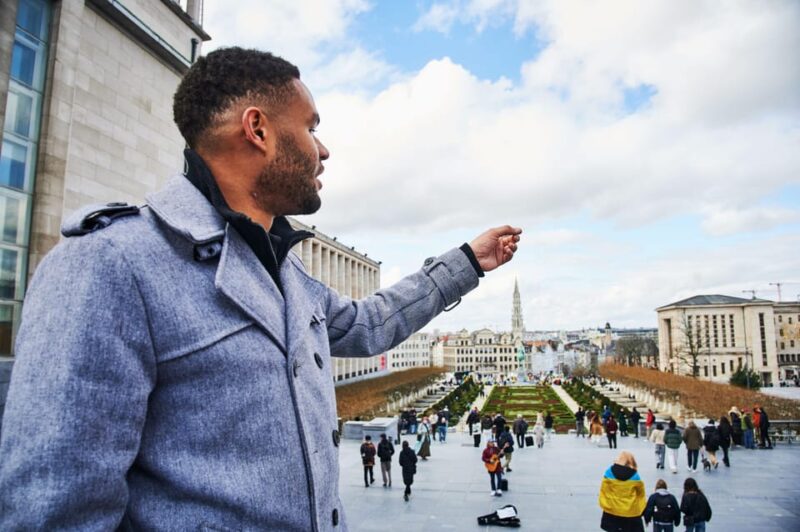
Leopold II’s reign marked a dark chapter in Belgium’s history, particularly concerning his exploitation of the Congo Free State. His ambitions for personal wealth and power led to widespread atrocities, forever staining Belgium’s legacy.
Leopold’s rule, cloaked in the guise of philanthropy, resulted in the brutal treatment of Congolese people, including forced labor and mass violence. The international community eventually condemned his actions, leading to the annexation of the Congo by Belgium in 1908.
Understanding this historical context is crucial for comprehending the lasting impact of colonialism in both Belgium and the Congo.
- Exploitation of natural resources
- Establishment of the Congo Free State
- Systematic human rights abuses
- International outcry and condemnation
- Transition to Belgian government control
Key Sites Visited
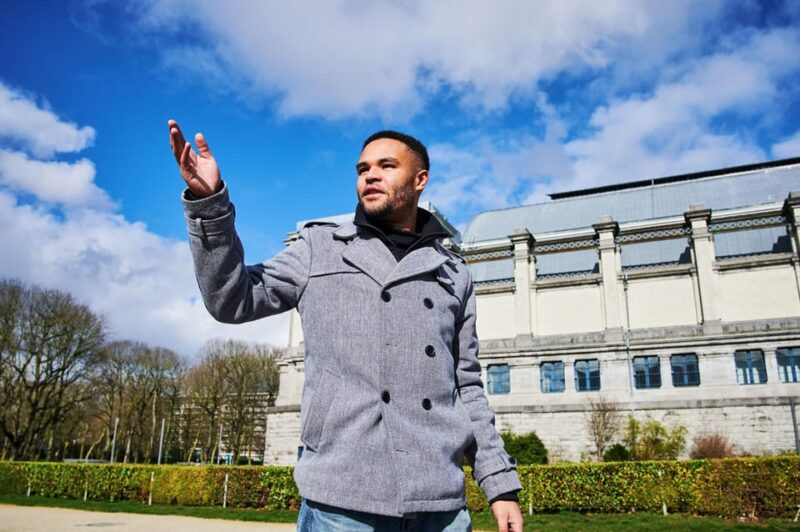
The tour of Brussels offers a poignant journey through key sites that reveal the city’s colonial past and its connections to the Congo.
Participants begin at the Park of the Cinquantenaire, a grand space reflecting Belgium’s imperial ambitions.
Next, they visit the Union Minière headquarters, a symbol of exploitation during the colonial era.
Mont des Arts showcases impressive architecture while hinting at the wealth derived from Congo’s resources.
The Royal Palace stands as a reminder of the monarchy’s involvement in colonial rule.
Rue de Bréderode and Porte de Namur highlight urban landscapes shaped by this history.
Tour Experience Highlights
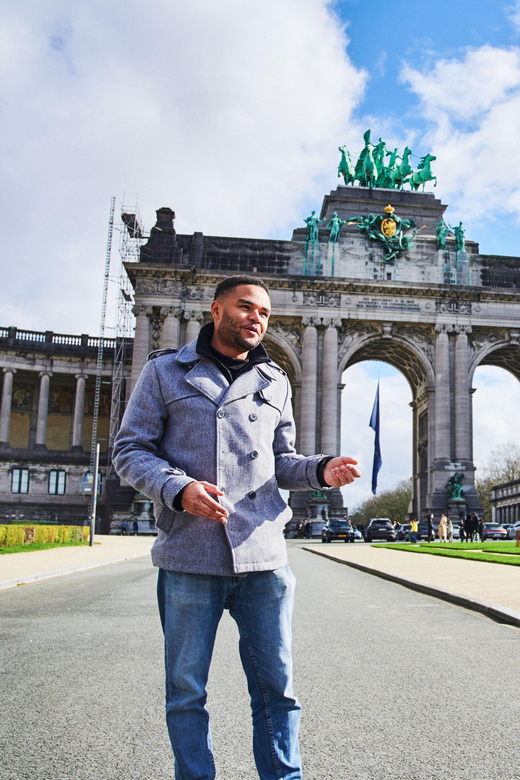
During the tour, participants explore the complex narrative of Belgium’s colonial past, gaining insight into the stark realities faced by the Congolese people.
They walk through the streets of Brussels, encountering significant historical sites that tell stories of exploitation and resilience.
The experience includes:
- A guided exploration of the Park of the Cinquantenaire, showcasing colonial architecture.
- Insight into the Union Minière headquarters, pivotal in the extraction of Congolese resources.
- Reflections at Mont des Arts, linking art and history.
- Visits to the Royal Palace, revealing the monarchy’s role in colonialism.
- A stroll through Matonge, highlighting the Congolese community in Belgium today.
Each stop enriches their understanding of this dark chapter in history.
More Great Tours NearbyGuidance and Languages Offered
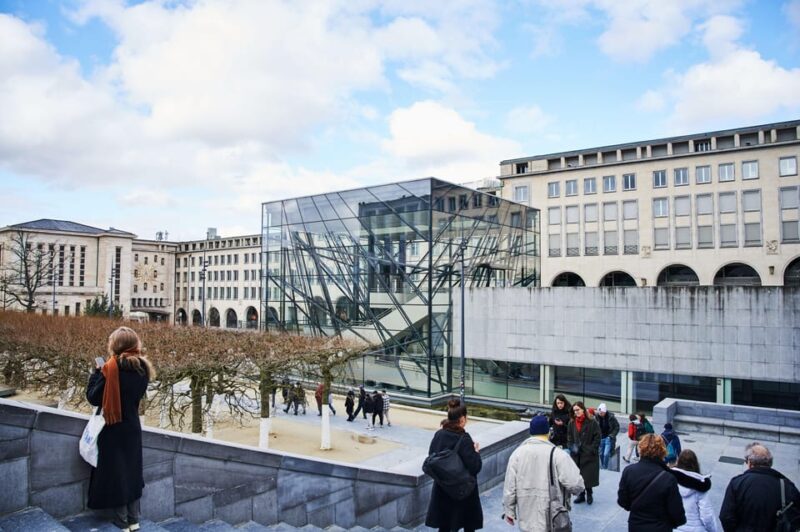
Participants on the Brussels: Colonial Horrors Tour benefit from the expertise of a knowledgeable live guide who brings Belgium’s colonial history to life.
This engaging experience allows individuals to dive deep into the complex narratives of Belgium’s past, particularly surrounding Leopold II’s actions in the Congo.
Guides are fluent in multiple languages, including Arabic, French, English, Dutch, and Spanish, ensuring that a diverse audience can fully appreciate the historical context.
The expert guidance helps illuminate the significant impact of colonialism on both the Congo and Belgium, making the tour not just informative but also thought-provoking.
With a focus on authenticity, participants leave with a better understanding of the enduring legacies of colonialism in today’s society.
- Brussels: Historical Walking Tour With Chocolate & Waffle Tasting
- Brussels Chocolate Beer Waffle and Belgian Whiskey All-in-One (Small Group) Tour
- Brussels Chocolate Tasting Tour
- Tell Me About Brussels! | First Day Must-Do | Local Storytellers
- From Amsterdam: To Brussels – Private Driver – Luxury Car
- Brussels Small-Group Chocolate Appreciation Tour
Recommendations for Participants
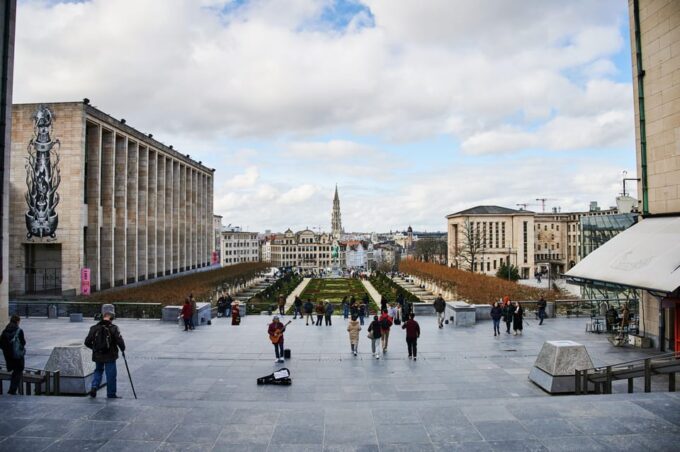
A comfortable experience is key for anyone looking to make the most of the Brussels: Colonial Horrors Tour.
Participants should prepare adequately to ensure they can fully engage with this enlightening journey through Belgium’s colonial past.
Here are some recommendations for a smooth experience:
- Wear comfortable shoes to support moderate walking.
- Bring a water bottle to stay hydrated throughout the tour.
- Pack a camera to capture memorable moments and sites.
- Dress in weather-appropriate clothing to adapt to changing conditions.
- Consider a small backpack for personal items and essentials.
Important Information for Attendees
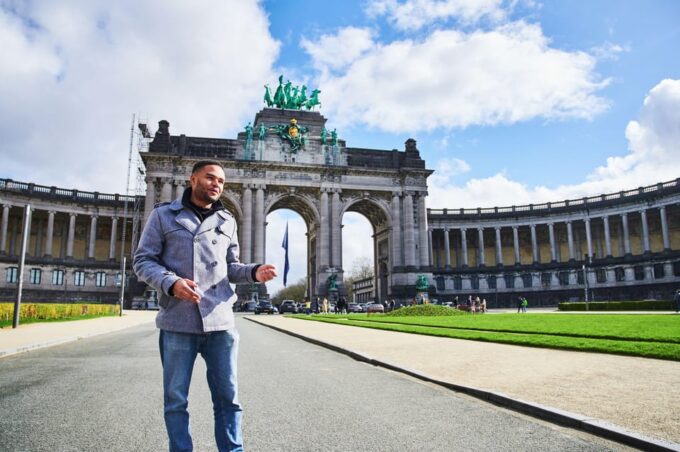
Attendees should keep in mind that moderate walking is involved throughout the Brussels: Colonial Horrors Tour, so it’s essential to wear comfortable shoes for optimal support.
They should also prepare for varying weather conditions by checking the forecast and dressing appropriately. A camera is recommended to capture the tour’s significant sites, but attendees must adhere to any photography restrictions in place.
It’s important to note that this tour is suitable for individuals without mobility impairments or those using wheelchairs. Staying hydrated is crucial, so bringing a water bottle is advised.
With these considerations, participants can fully engage with the historical narratives presented during this enlightening journey through Brussels’ colonial past.
Booking and Cancellation Policies
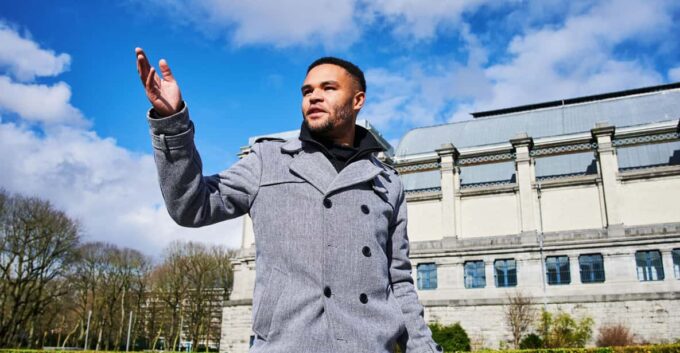
When planning to join the Brussels: Colonial Horrors Tour, it’s essential to understand the booking and cancellation policies in place. The process is straightforward and user-friendly, ensuring a seamless experience for participants.
-
Book now and pay later for convenience.
-
Enjoy free cancellation up to 24 hours in advance for a full refund.
-
Reserve your spot early to secure your preferred date.
-
Be aware of the 2.5-hour tour duration, which includes moderate walking.
-
Check the weather forecast to dress appropriately.
Frequently Asked Questions

Is This Tour Suitable for Children or Family Groups?
The tour’s moderate walking and historical content may not engage younger children fully. While family groups are welcome, adults should consider whether the subject matter aligns with their children’s maturity and understanding before booking.
Are There Any Age Restrictions for Participants?
There aren’t any specific age restrictions for participants. However, the tour’s moderate walking may be challenging for younger children or those with mobility impairments, so it’s best for families to consider their children’s abilities before booking.
Can I Bring My Pet on the Tour?
Pets aren’t allowed on the tour. Participants should plan accordingly, ensuring a comfortable experience without their furry friends. The focus remains on the tour’s educational content and the historical significance of the sites visited.
Is There a Restroom Break During the Tour?
The tour doesn’t include a designated restroom break. However, participants can plan accordingly, as there are opportunities to use facilities at various locations along the route, ensuring comfort throughout the experience.
How Many Participants Are Typically in a Group?
Typically, groups consist of around 10 to 20 participants, allowing for an intimate experience. This size promotes engagement and interaction with the guide, enhancing their understanding of the historical context and significance of the tour.
The Sum Up
The "Brussels: Colonial Horrors of Leopold II in Congo Tour" offers a compelling journey into Belgium’s colonial past, shedding light on the profound impact of Leopold II’s actions in the Congo. Participants leave with a deeper understanding of history, enriched by expert guidance and poignant site visits. This tour not only reflects on the atrocities of the past but also encourages meaningful dialogue about Belgium’s contemporary identity. It’s a must for anyone seeking to grasp the complexities of colonial legacies.
You can check availability for your dates here:More Tours in Brussels
- Architectural Brussels: Private Tour with a Local Expert
- Walking Tour The Highlights Of Brussels – The Capital Of United States Of Europe
- Brussels: Atomium Ticket & Optional Audio Tour
- Brussels: Open Top Christmas Lights Tootbus Tour
- Private 6-hour Tour to Ghent from Brussels with driver and guide (2 hs in Ghent)
- Brussels: Hop-On Hop-Off Bus Tour& Belgian Beer World Museum
More Tour Reviews in Brussels
- Architectural Brussels: Private Tour with a Local Expert
- Walking Tour The Highlights Of Brussels – The Capital Of United States Of Europe
- Choco-Story Brussels: Chocolate Museum Entrance with Tasting
- Brussels: Atomium Ticket & Optional Audio Tour
- From Brussels: Patton’s Battle of the Bulge Day Trip (LUX+BE)
- Brussels: Open Top Christmas Lights Tootbus Tour
Not for you? Here's more nearby things to do in Brussels we have reviewed
- Architectural Brussels: Private Tour with a Local Expert
- Walking Tour The Highlights Of Brussels – The Capital Of United States Of Europe
- Choco-Story Brussels: Chocolate Museum Entrance with Tasting
- Brussels: Atomium Ticket & Optional Audio Tour
- From Brussels: Patton’s Battle of the Bulge Day Trip (LUX+BE)
- Brussels: Open Top Christmas Lights Tootbus Tour
- Brussels: Art Nouveau Pass – Entry to Three Locations
- Private 6-hour Tour to Ghent from Brussels with driver and guide (2 hs in Ghent)
- Brussels: Hop-On Hop-Off Bus Tour& Belgian Beer World Museum
- Remembrance Tour: The Battle of the Bulge in the Ardennes
- Brussels Walking Tour with Guide plus PDF
- Brussels: Chocolate Workshop and Guided Walking Tour
